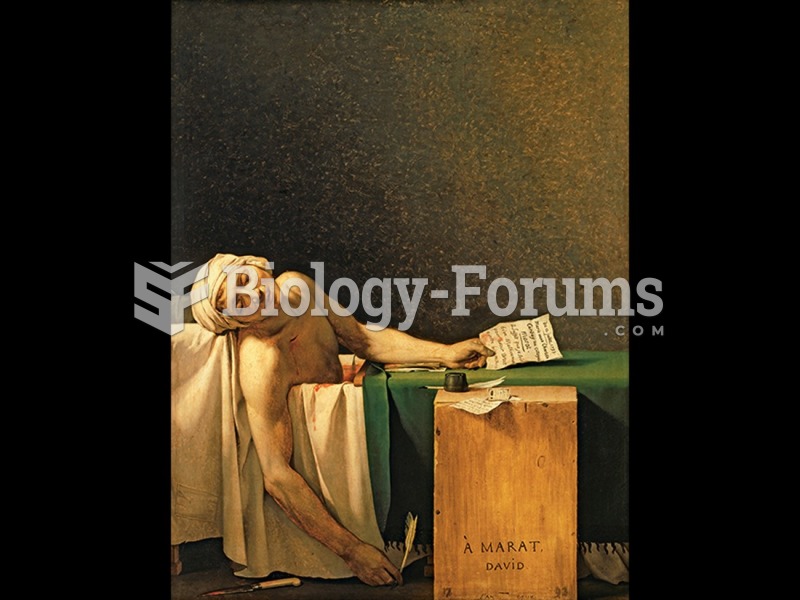Answer to Question 1
The Protestant Reformation began in Germany, where voices that opposed to Church authority were most vocal. The movement was galvanized by Martin Luther, whose inflammatory sermons and essays offered radical remedies to what he called the misery and wretchedness of Christendom. In 1517, in pointed criticism of Church abuses, Luther posted on the door of the collegiate church at Wittenberg a list of ninety-five subjects he intended for dispute with the leaders of the Church of Rome. Extending his criticism of Church abuses and Church doctrine, he attacked monasticism and clerical celibacy and was unwilling to accept the pope as the ultimate source of religious authority. Luther held that the ultimate source of authority in matters of faith and doctrine was Scripture, as interpreted by the individual Christian.
Luther, himself a student of music, emphasized music as a source of religious instruction, encouraged the writing of hymnals, and reorganized the German Mass to include both congregational and professional singing. Luther held that all religious texts should be sung in German, so that the faithful might understand their message. He was partial to the chorale,a congregational hymn that served to enhance the spirit of Protestant worship. Luther's chorales had a major influence on religious music for centuries. And although in the hands of later composers the chorale became a complex polyphonic vehicle for voices and instruments, at its inception it was performed with all voices singing the same words at the same time. It was thus an ideal medium for the communal expression of Protestant piety.
The Protestant Reformation also cast a long shadow upon the religious art of the North. Protestants rejected the traditional imagery of medieval piety, along with church relics and sacred images, which they associated with superstition and idolatry. Protestant iconoclasts stripped the stained glass from cathedral windows, shattered religious sculpture, whitewashed church frescoes, and destroyed altarpieces. At the same time, however, the voices of reform encouraged the proliferation of private devotional art, particularly that which illustrated biblical themes.
Answer to Question 2
The Renaissance saw both artistic and technological innovations. Both the explosion of European culture and empire expansion had their roots in technological advancements. For example, advancements in navigation, shipbuilding, and maritime instrumentation (the magnetic compass) propelled Europe into a dominant position in the world. Gunpowder, the light cannon, muskets, and other military devices made warfare increasingly deadly, but allowed for European dominance.
Culturally, the most significant innovation was the perfection of the printing press by Johannes Gutenberg that made it possible to fabricate books more cheaply, more rapidly, and in greater numbers than ever before. As information became a commodity for mass production, vast areas of knowledgeheretofore the exclusive domain of the monastery, the Church, and the universitybecame available to the public. The printing press facilitated the rise of popular education and encouraged individuals to form their own opinions by reading for themselves. It accelerated the growing interest in vernacular literature, which in turn enhanced national and individual self-consciousness.







